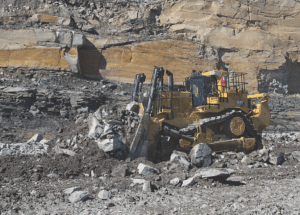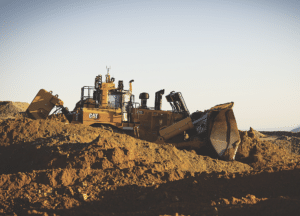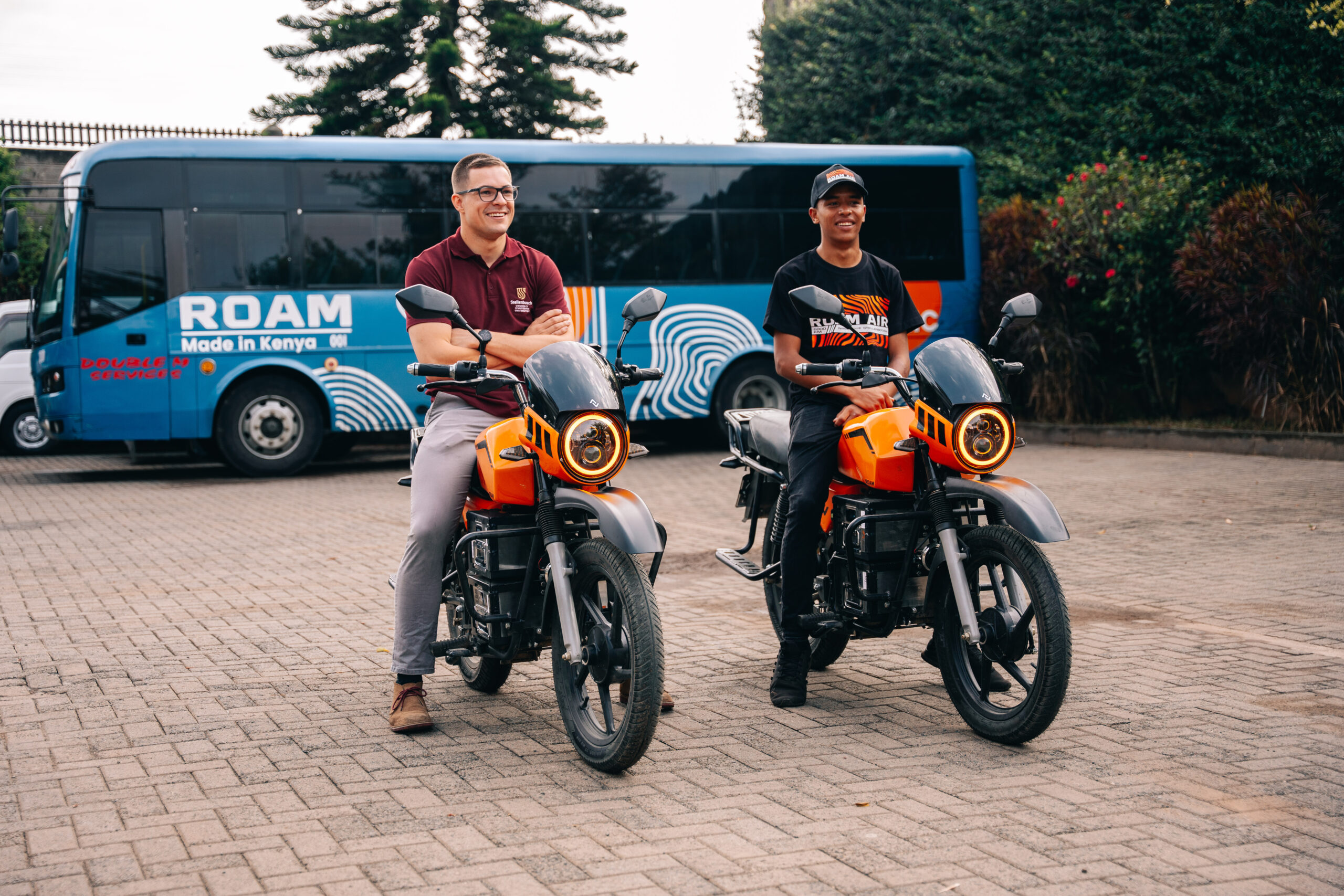Dozers are an essential component of the mining industry, but what makes them so important – and what types of dozers are commonly used?
While trucks and loaders are key transporters of ore on a mine site, support machines such as dozers take on much of the grunt work by pushing and excavating valuable material.
A seamless dozer operation can be the central ingredient to a more productive mine, enabling other machinery to go about its business without a hitch.
Dozers can assist in constructing and maintaining haul roads and safety berms, mine reclamation and clean-up of blast areas, while dozer ripping is a popular and cost-effective alternative to accessing ore when blasting is not possible.
The most efficient ripping operations are those that cut with the grain, though it’s important to understand the strata to support the best ripping patterns. Cross ripping can be an effective technique to navigate difficult spots.
Operators must be mindful of ripping up slopes or on side-slopes – ripping downhill can be the most effective approach, best capitalising on the dozer’s weight and horsepower.
Australian Mining takes a closer look at track and wheel dozers and spotlights a Tier 1 original equipment manufacturer in the process.
Track dozers
Widely used across the Australian mining industry, track dozers have long been a reliable support machine, offering the right weight-to-horsepower ratios to push large loads.
Miners turn to track dozers when they’re working in varying and difficult terrain, including rough and muddy ground, with the tracks providing stronger traction and stability in these environments.
The tracks evenly distribute the dozer’s weight, providing higher pushing power and greater traction in rough terrains.
Wheel dozers
Wheel dozers have become an increasingly popular option for miners looking for speed and manoeuvrability, with the machines benefited by articulated steering and higher visibility.

Image: Caterpillar
Deployed in the right applications, wheel dozers can reduce fuel and undercarriage costs and capably push lighter loads across long distances.
Wheel dozers can swiftly clean up around shovels and trucks and complete jobs at multiple sites, with applications including stockpiling, road maintenance and reclamation, to name a few.
According to Caterpillar strategy manager Kent Clifton, operators must analyse their site-specific conditions before opting for either a track or wheel loader.
If operators are consistently pushing 70–110 per cent blade loads and don’t require mobility, Clifton said, track dozers are often the best option. But if mobility is required and the blade load is up to 70 per cent, a wheel loader is often the best option.
Caterpillar dozers
Cat offers a range of track and wheel dozers, with the track range starting at the D1, with 59.7 kilowatts (kW) of power, and extending to the D11, with 634kW of power.
This includes the D6 XE – Tier 4/Stage V, the world’s first high-drive electric-drive dozer. Boasting longer service intervals, fewer moving parts and fewer maintenance tasks, the D6 XE can reduce maintenance costs by up to 12 per cent and support up to 35 per cent more fuel efficiency. The electric drive also enables the D6 XE to cut carbon emissions by up to 20 per cent.

Image: Caterpillar
The machine is also fitted with Cat’s Grade and Assist technology, boosting productivity and supporting ease of operation.
Cat’s wheel dozer range includes the 814, 824, 834, 844 and 854 models. Many major mining operations opt for the 844 and 854 models, while mid-sized operations opt for the 834 dozer.
Clifton said selecting the right wheel dozer can be dependent on the size of the trucks and loading tools being used.
“For example, one of the keys when you’re working on a truck dump is that you need to keep up with the trucks,” he said.
“When you look at sizing your machine, you know that within a couple of passes there will be another truck coming in and you want to make sure you get that material pushed off in time. A smaller machine may not have the capacity to do that clean-up work.”
Clifton said it’s also important for a wheel dozer not to get in the way of a haul truck.
“The truck is what’s really ringing the cash register,” he said. “You don’t want to get a machine that’s so big that you’re obstructing the trucks running on the haul road. You want to get them back as quickly as you can to the loading tool, so you have to size the wheel dozer accordingly.”
As the resources industry evolves, dozers remain a key component of a mine’s support fleet, enabling primary vehicles such as haul trucks to carry out their work seamlessly. Caterpillar understands this equation, offering a leading range of track and wheel dozers to support any mining operation.
This feature appeared in the February 2025 issue of Australian Mining.




